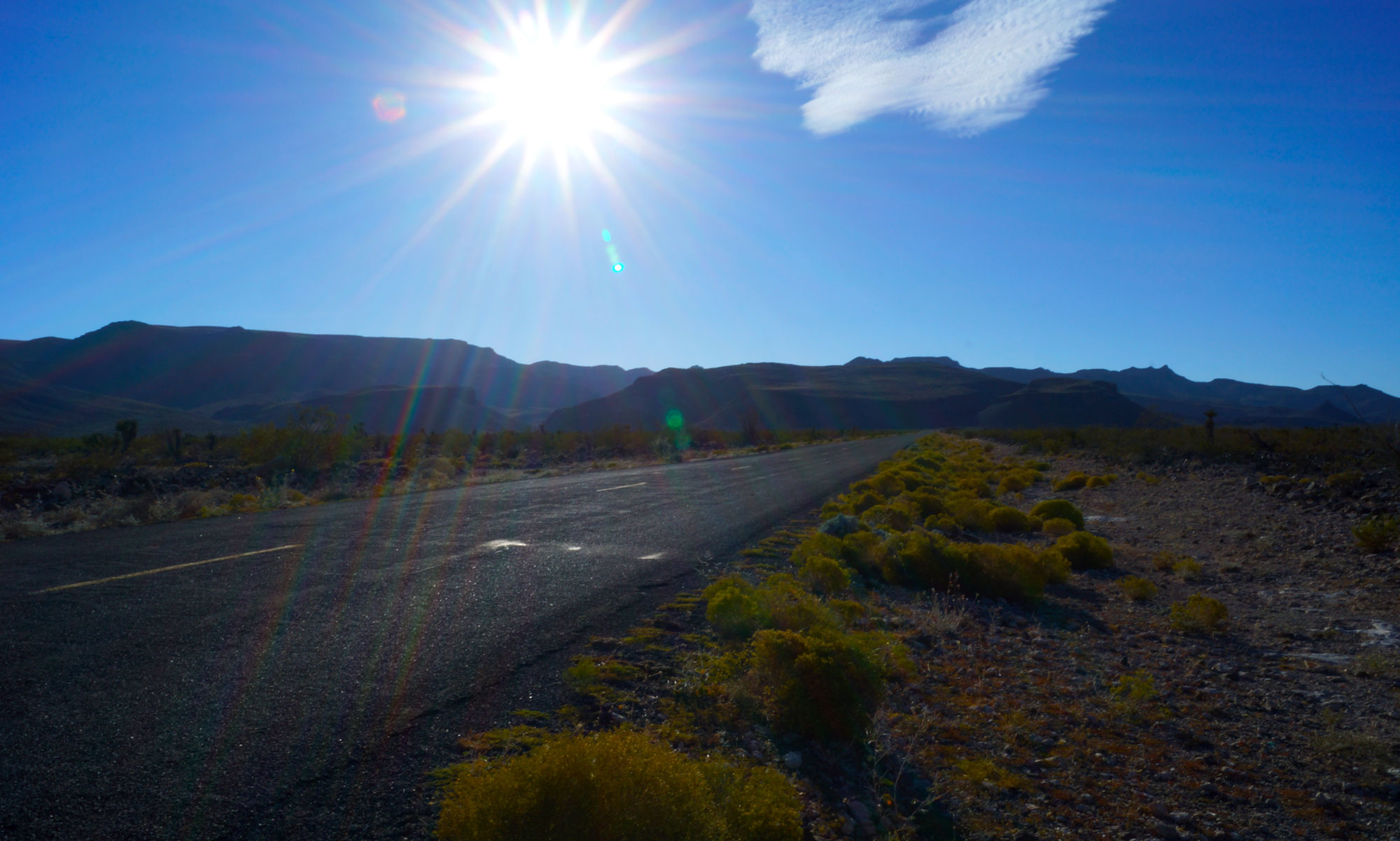As the song goes, “get hip to this timely tip, when you make that California trip. Get your kicks on Route 66!” First recorded by Nat King Cole in 1946, Bobby Troupe’s song exhorted travelers use Route 66 to get to LA-LA Land and multitudes did. Route 66 served as the main motorway west from its inception in 1926 until its obsolescence after the completion of Interstate 40. However, during the heyday of the old federal highways, there was another route west to California, Route 80.

Route 80 began as an auto-trail route called the Dixie-Overland Highway. The Automobile Club of Savannah, Georgia conceived it as an all-weather coast-to-coast auto route in 1914. In 1926, the highway became part of the new federal highway system, losing its earlier name for its new moniker Route 80. Its number ending in zero indicated a coast-to-coast route as specified by the United States Numbered Highway System.
Its better known rival Route 66 was originally slated to be labelled Route 60 since western state highway officials thought a coast-to-coast route number would attract more traffic and benefit their states. Eastern state highway officials objected since the western highway did not run coast-to-coast, and they wanted the number 60 for a true east-to-west highway. The federal numbering system specified Route 66 should be numbered 62, but Oklahoma’s state highway commissioner Cyrus Avery stepped in lobbying for a catchier number. He liked the “ring” of 66, the other highway officials relented, and a national icon was born.
Since its near-brush with obscurity, Route 66 became as close as a highway could to a celebrity. Yet, its less flashier western counterpart Route 80 rivaled Route 66 for traffic volume. Almost as many Americans chose Route 80 to travel west as Route 66. Many motorists preferred Route 80 since its mostly flat, non-winter-weather route made it easier to drive. There were even a few years when Route 80’s traffic volume exceeded Route 66.
As a pre-interstate federal highway, Route 80, like all federal highways of the era, became main street when it arrived at a town. Travelers on Route 80 often frequented main street businesses, particularly the numerous gas stations and motor-court motels of the era.


Route 66 obtained its celebrity status through numerous cultural productions including songs, movies, and television shows. Route 80 was never as showy as its glitzier cousin, but did have a brief, yet tragic, brush with fame.
Tom Mix was an American film actor and star of many early westerns. His portrayal of numerous cowboy characters in silent films greatly influenced the western film genre in the early days of American movies. Originally from Pennsylvania, Mix used his film-star wealth to purchase a ranch in Prescott, Arizona.
On October 12, 1940, after visiting the Pima County sheriff in Tucson, Mix headed north on Route 80 towards his home. 18 miles south of Florence, Arizona, Mix encountered construction barriers on the highway. Driving fast and unable to stop, Mix rolled his car while swerving. He died at the scene. A roadside memorial marks the location of the accident on old Route 80, now Arizona Highway 79. No longer a coast-to-coast highway, Route 80 was decommissioned in the western U.S. The portion from Savannah, Georgia to Dallas, Texas remains in use.


